KANDAHAR, Afghanistan – Once related to the rugged mountains or remote madrassas, Taliban foot soldiers now swarm Afghanistan’s streets. They freely patrol bustling markets, mosques, checkpoints and restaurants. Many have little idea when they were born, and when asked, generally provide a guesstimate with a possible age range.
Indeed, the former insurgency has long been known to pad its ranks with children – deemed an international war crime. However, now that the Taliban, officially termed the Islamic Emirate of Afghanistan – is the nation’s dominant power and desperately seeking international recognition, they seemingly still have no intention to prohibit minors from joining the ranks.
“They have to be able to grow a beard,” insists Mawlawi Hayat Khan, 49, the reigning Imam at Taliban founder Mullah Mohammad Omar’s mosque in Sange Saar, Kandahar.
Mawlawi Noor Ahmad Sayeed, the Taliban’s newly-appointed Director of Information and Culture in Kandahar, asserts that “recruitment is based on the beard.”
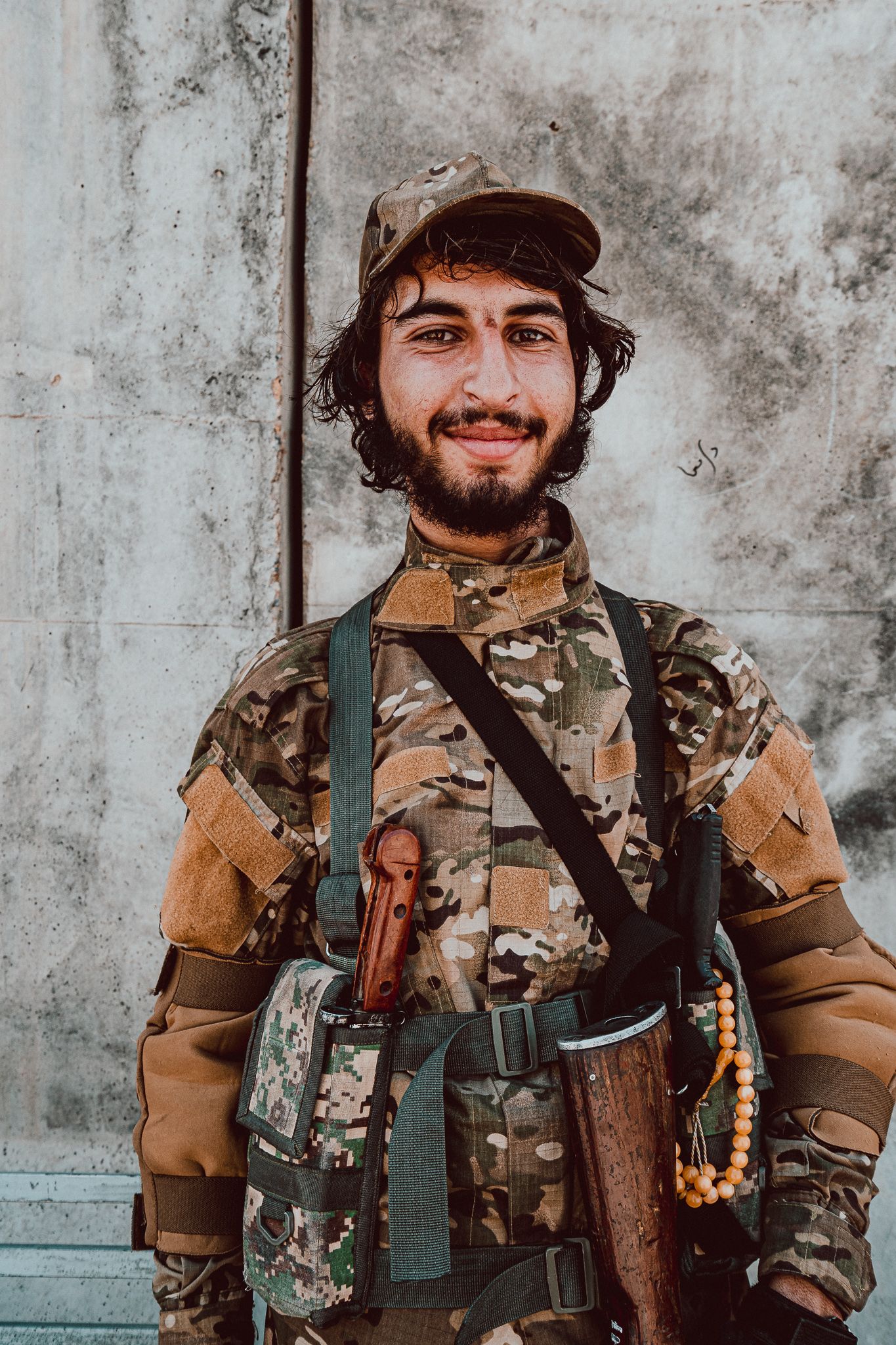
“Men normally grow beards between the ages of 15 to 19,” he explains. “But a good beard can be grown when a man is 18 years old, and that is a normal age for a soldier to be recruited.”
And Akif Muhajer, the 32-year-old Director of Information and Culture for Logar province, says he joined in 2004 – when he was around sixteen and once he had grown a beard. It is a standard he still maintains.
“They (recruits) must have grown a beard. All the leaders, be it at the village level, district level or provincial level – it is compulsory to see the beard, or we can’t allow them (to join),” he explains. “The person (must) have hairs on the face, but not always a full beard.”
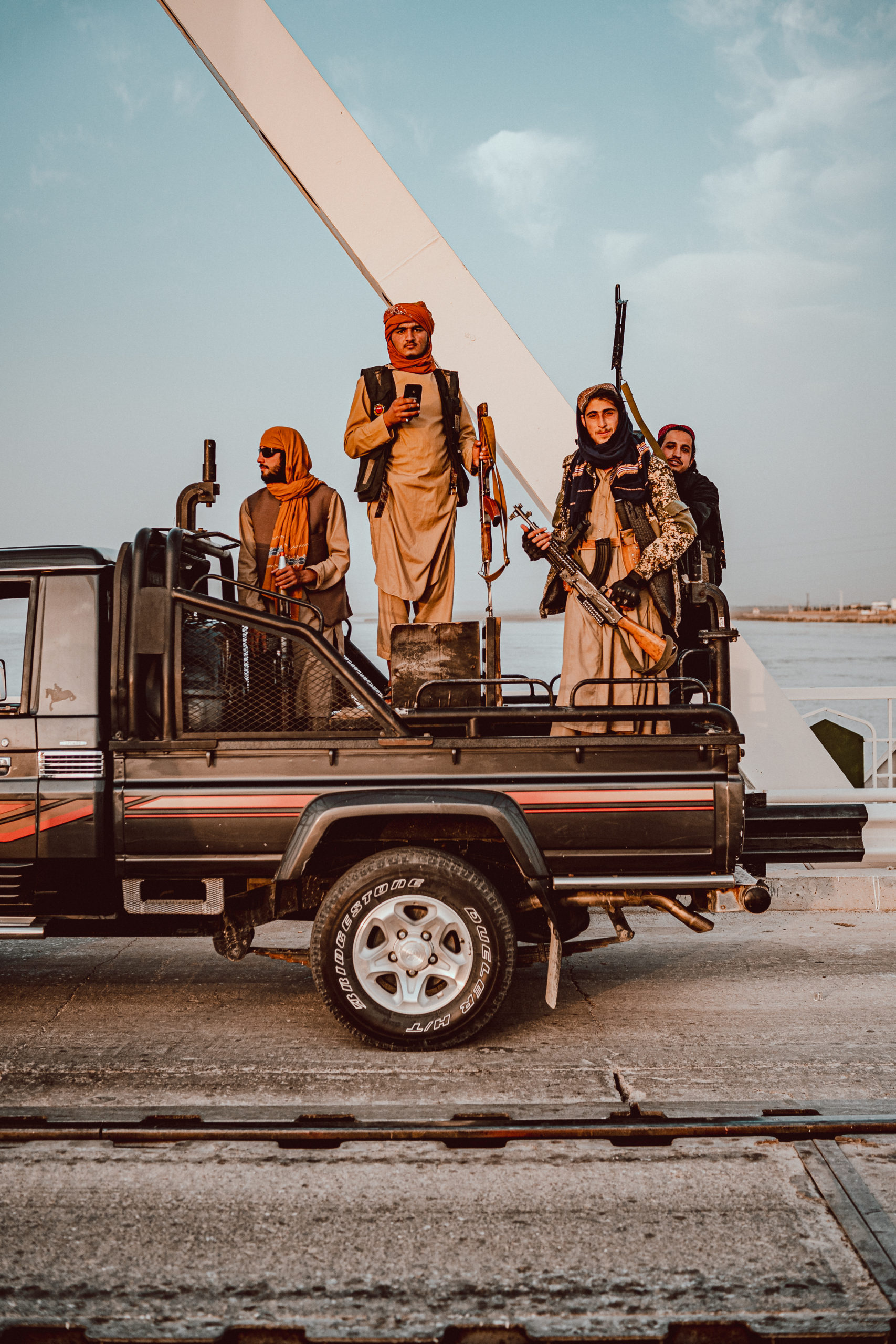
Characterized by the Paris Principles on the Involvement of Children in Armed Conflict, a child soldier is defined as any person below 18 years old who is utilized by any armed group or force in any capacity – not only in a direct battlefield sense but also any minor used as a spy, cook, driver, guard or as a spoil of war in a sexual capacity.
Haji Abdul Haq Akhond Hamkar, the new Deputy Director for Counter Narcotics under the Ministry of the Interior, concurs that they follow Islamic Law meaning that the recruit “should be eligible for a full beard” and that they have no “set age.”
Yet almost every triumphant Taliban fighter you meet has been with the group for at least several years, and of the dozens I have interviewed, they have almost all attested to joining under the age of 18.
“Afghanistan is an Islamic country, and we stand against any invasion,” stresses Hamas, who carries an AK-47 around a blistered former Afghan Army Base in Logar, and wants his son – now three – to also “serve Islam by any means.”
Hamas says he is around 25 and joined the Taliban around 13 years ago, drawing some rebuke from his watchful commander, who suggests he may be closer to 30 in age.
Moreover, Qudratullah Omar Anas, a Kabul-based Talib, says he is 18 and took up arms five years ago.
“It was part of my bloodline – from my grandparents to my parents, and all my four brothers are mujahadeen,” he continues. “I want to fight until all Muslim communities live in peace – Syria, Palestine and others.”
Throughout the conflict-laden decades past, Afghan children were widely known to have been enlisted from madrassas and taken advantage of by the Taliban not only to tout weapons in the war theater but also to plant IEDs and act as “spotters” or intelligence-gathers on troop movements and the locations of U.S and Afghan government forces. Unsuspecting boys have also carried out terrorist attacks and suicide bombings.
One high-ranking Taliban Intelligence official, who spoke on the condition of anonymity, acknowledges that the beard remains the mandate – even though it runs counter to international norms and standards.
While accurate figures are impossible to come by, a report last year from the United Nations Assistance Mission in Afghanistan (UNAMA) documented that armed groups in Afghanistan handled at least 155 children between 1 January and 30 September 2020.
A 2016 Human Rights Watch report also found that the Taliban deployed more than 100 children for the single district of Chahar Dara, Kunduz, in 2015.
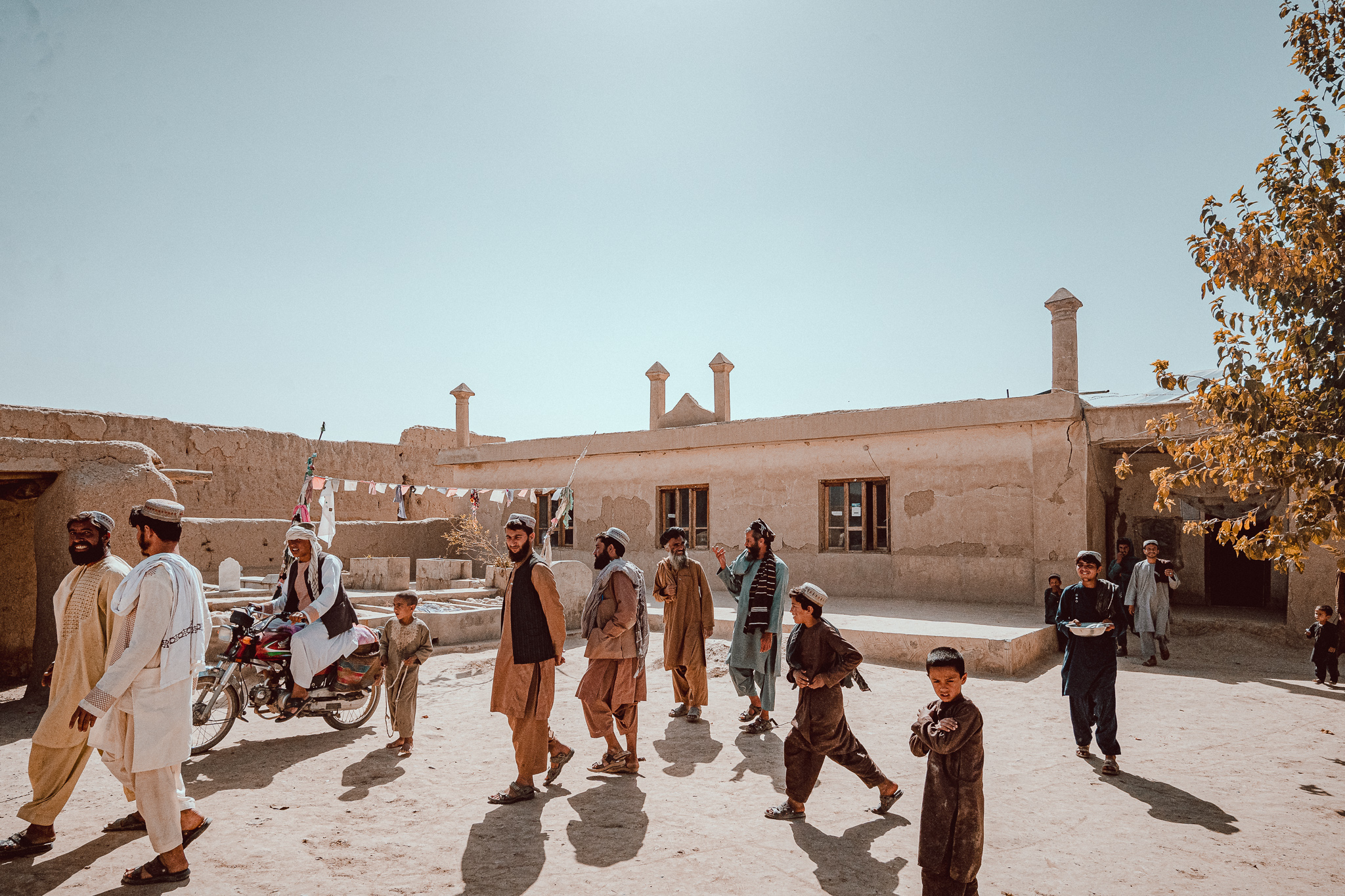
Yet Bilal Karami, the Taliban’s official spokesperson who himself joined the movement as a teenager attending Mullah Omar’s storied mosque in Kandahar in 1994, said that there is “no official age for joining” and that they are working to put in place a process for public recruitment.
The global fight against the use of child soldiers remains a fierce and ever-growing one, with UN statistics indicating that the number of minors in combat has more than doubled in the last decade and is believed to hover at around 100,000 worldwide.
The recruitment and application of child soldiers is one of the six “grave violations” against children listed by the UN and is banned under the Geneva Conventions and Convention on the Rights of a Child. Advocates against such a crime also contend that children are too readily detained by opposing forces for their involvement in the conflict, rather than being adequately rehabilitated and treated as a victim of war themselves.
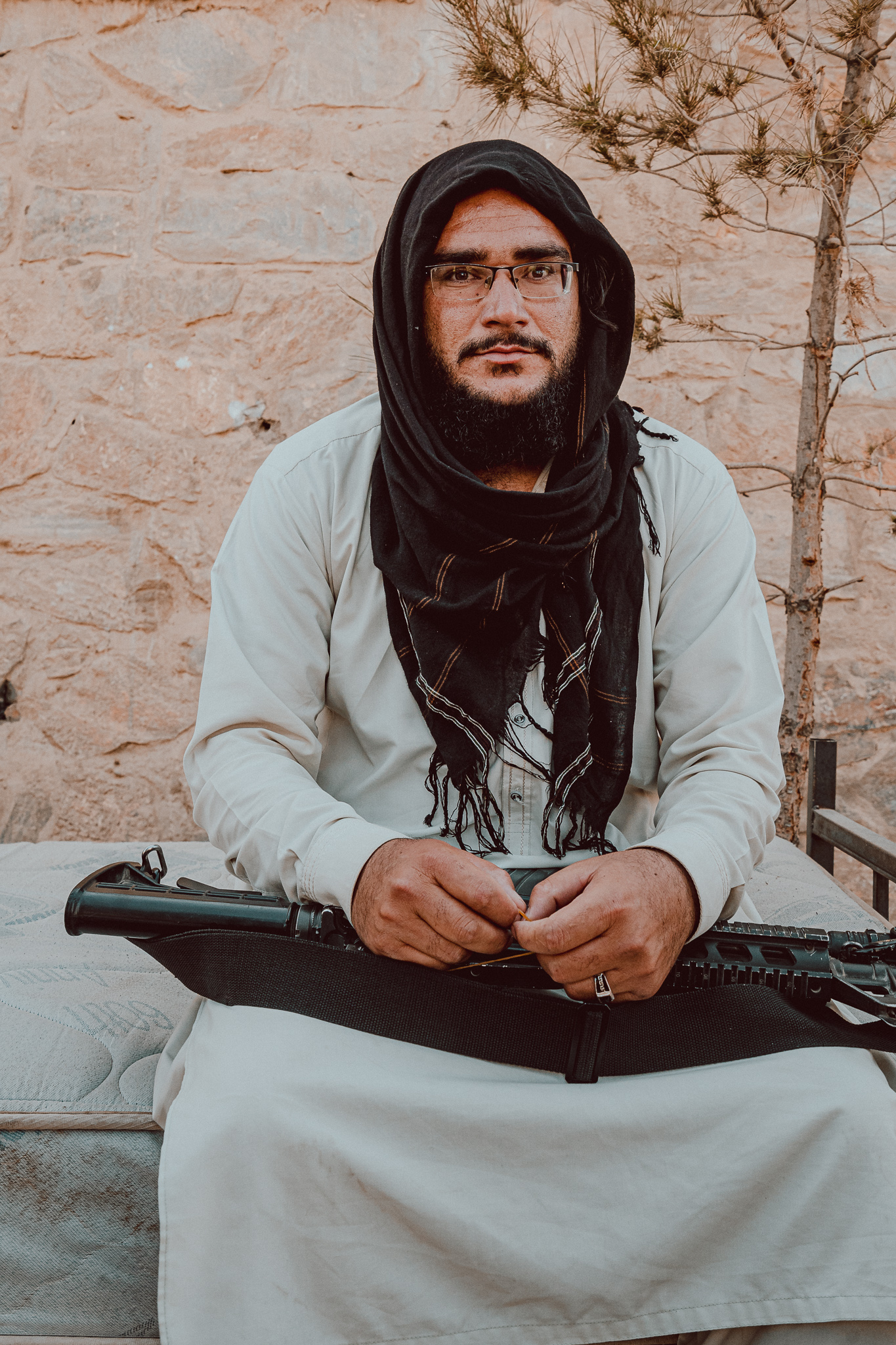
The wielding of child soldiers in Afghanistan has run rampant since conflict broke out against Soviet occupation in the 1980s. Then, children were used by both the Moscow-backed government and the U.S-supported mujahadeen. Some 300,000 children were estimated to have been killed during this period alone. The practice continued throughout the ensuing decade as civil war erupted in the embattled nation and then again following the twenty years of American occupation.
The UN Secretary-General’s annual reports have additionally claimed that at least two children were exploited by the Afghan National Police (ANP) and local police under the helm of the now-defunct government, with dozens more deployed by the adverse Taliban forces.
Ultimately, children guarantee the ideological perpetuation of an insurgency or government cause and are considered easier to brainwash and manipulate than their adult counterparts.
“Children are basically blank slates and can be programmed as those who are in charge of them, which means they are easily manipulated to take part in violence, particularly if trusted family members recruit them, people they trust and love or by those who threaten and terrify them,” explains Anne Speckhard, Adjunct Associate Professor of Psychiatry at Georgetown University School of Medicine and the Director for the International Center for the Study of Violent Extremism (ICSVE).
“Children often don’t completely understand the concept of death and therefore are easily manipulated into suicide missions. They can also be tricked into delivering bombs that are exploded remotely, killing them as well, and they are sometimes drugged.”
The use of child soldiers remains unlawful in Afghanistan, given that the country ratified the UN Convention on the Rights of the Child in 1994, two years before the first Taliban regime came to power. Yet, such a signing seems to have been of little deterrence in practice.
Frequently, locals point out, age in Afghanistan is determined by puberty signs given the low-track record of accurate birth registrations, leading to inaccurate or falsified documents. Boys used for such a purpose often come from poor families where the commonplace education is that of a madrassa – if at all. Boys are also propelled into the position of becoming early breadwinners for their families, especially in cases where the father has been killed or injured in the protracted conflicts themselves.
Nonetheless, the international community – already deeply skeptical of how the new Emirate will manage internal affairs and limit human rights abuses – will likely point to the child soldier issue as another reason not to acknowledge and accept their governance anytime soon.
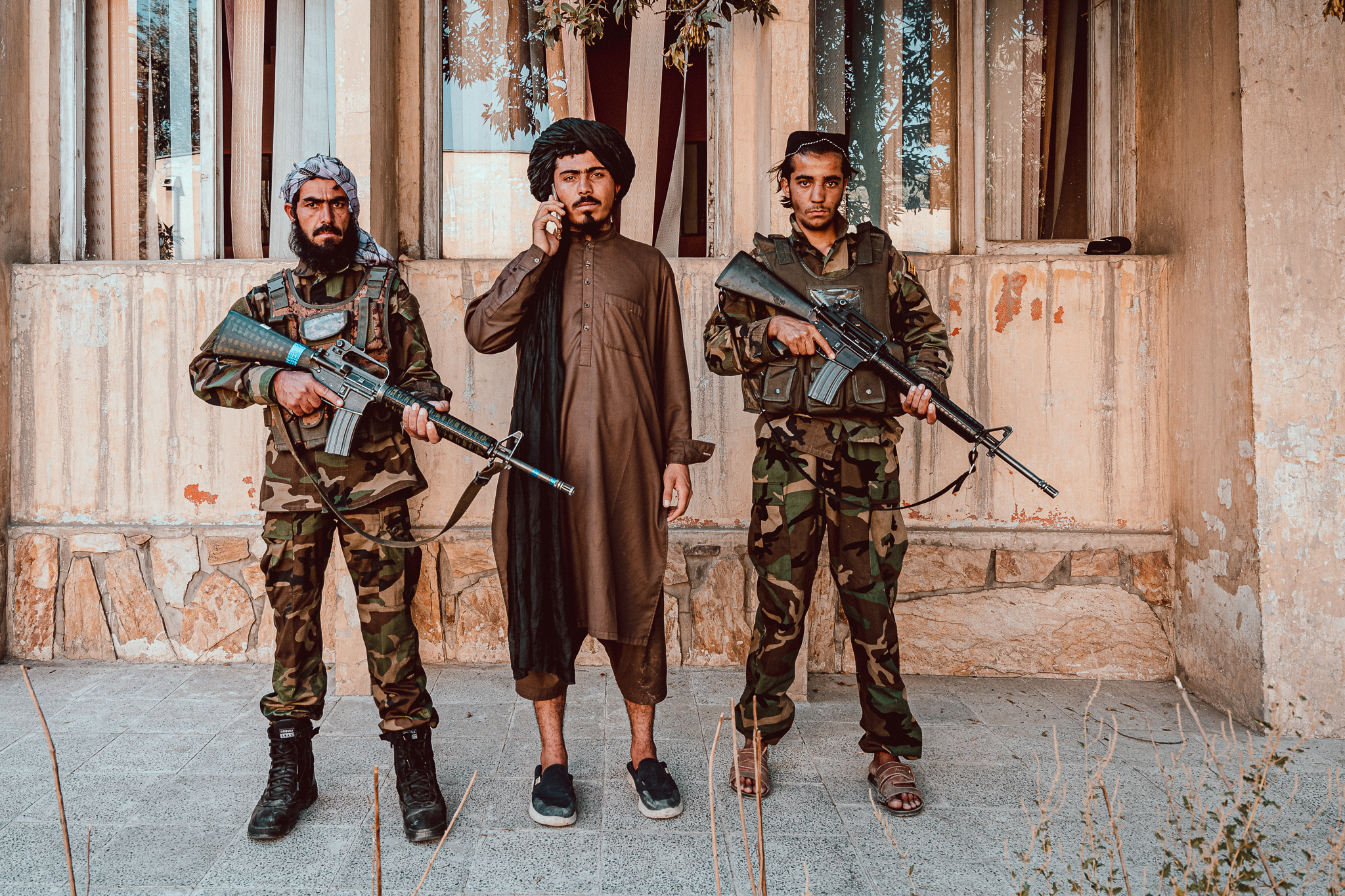
“Children who are used in war suffer deep PTSD usually and often if not treated, continue addictively to pursue violence as they only feel normal in violent conditions afterward as it matches their high bodily arousal states and flashbacks that continue to haunt them for years after serving as child soldiers,” Speckhard adds.